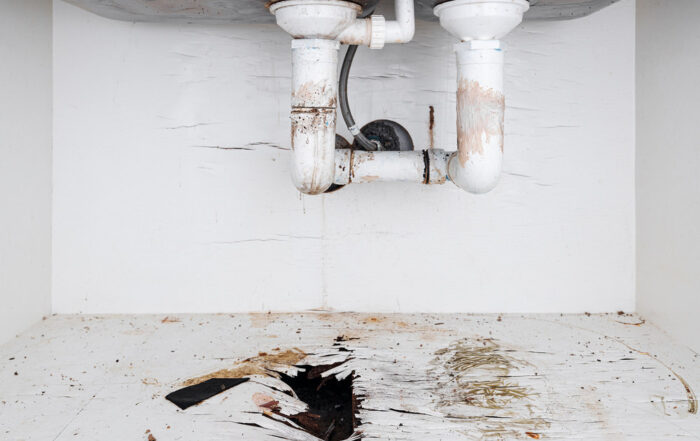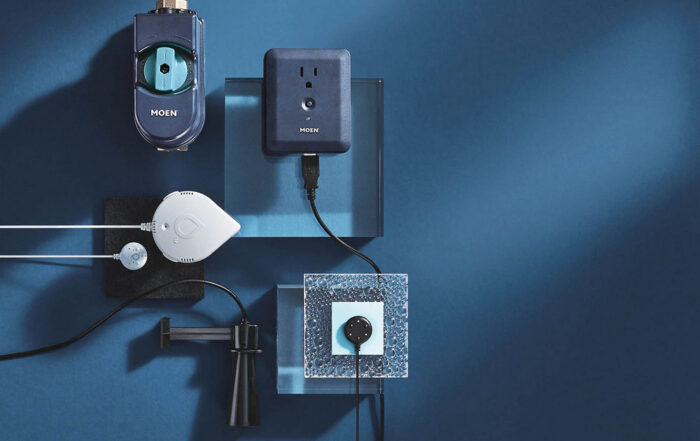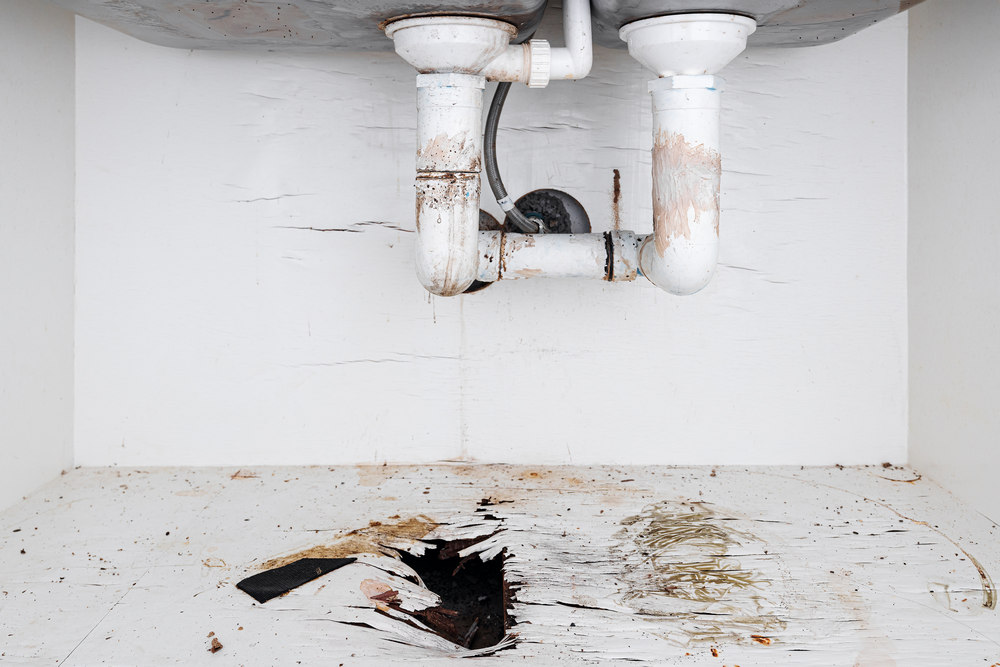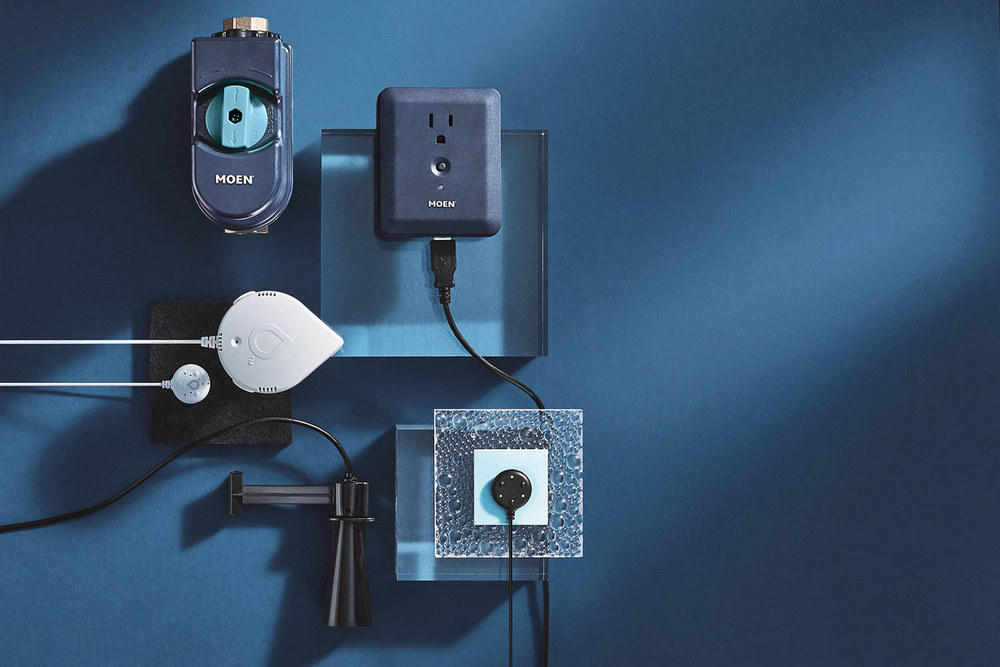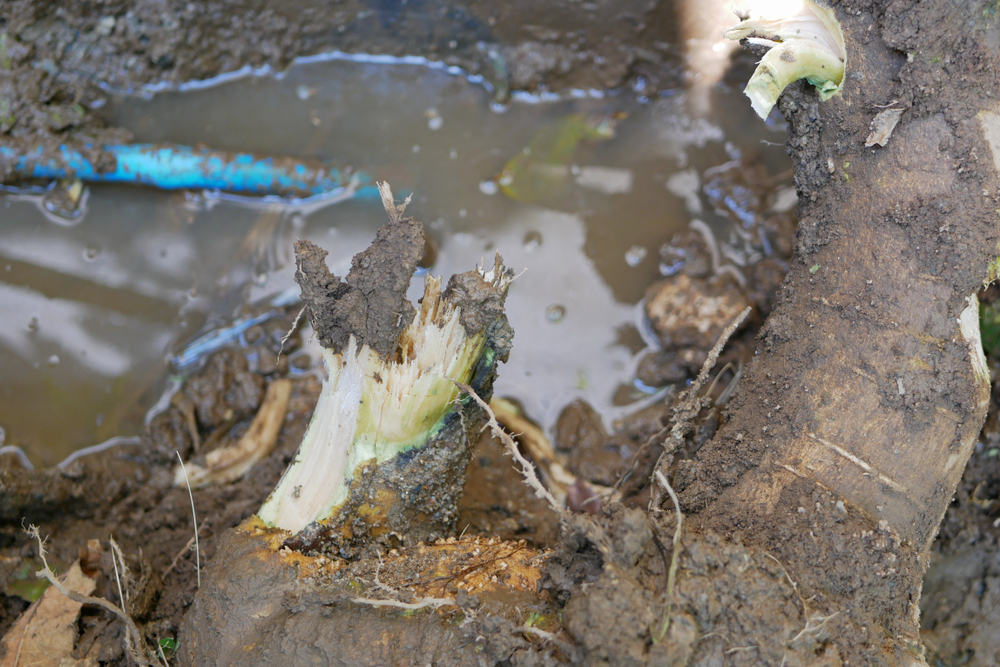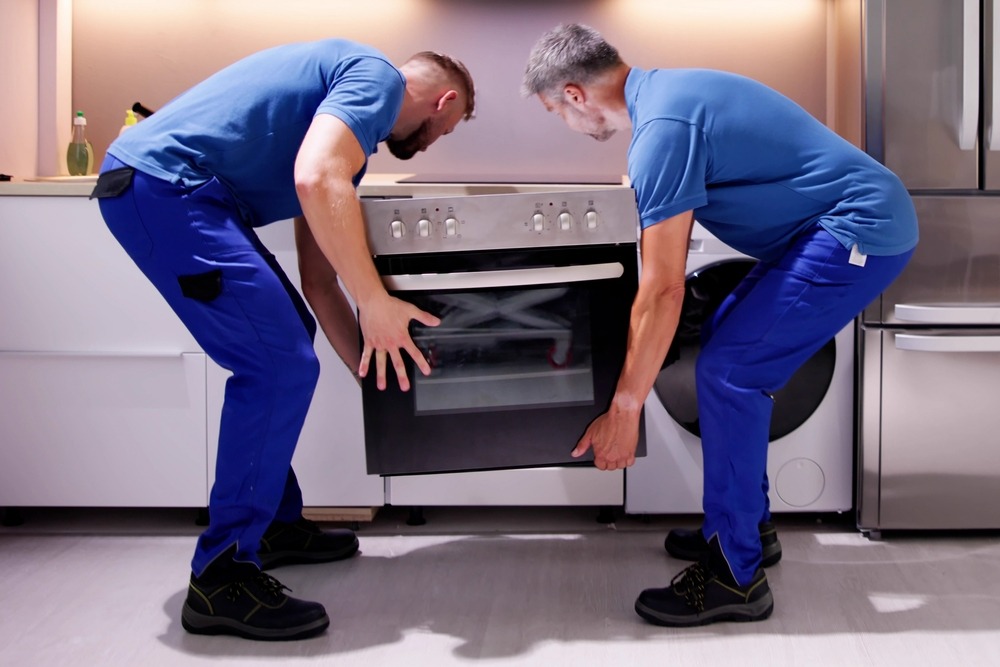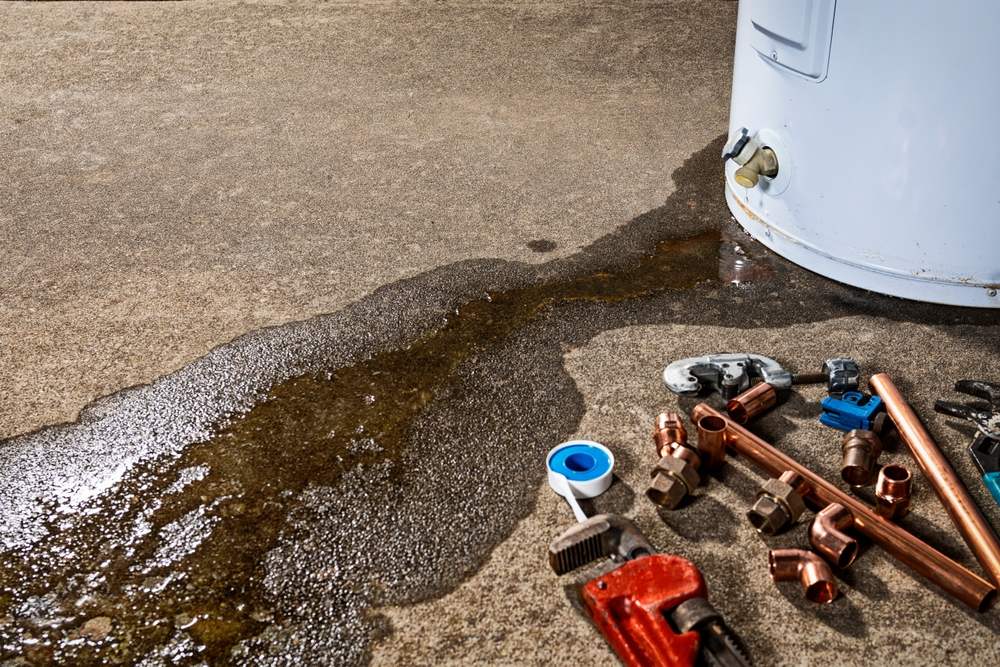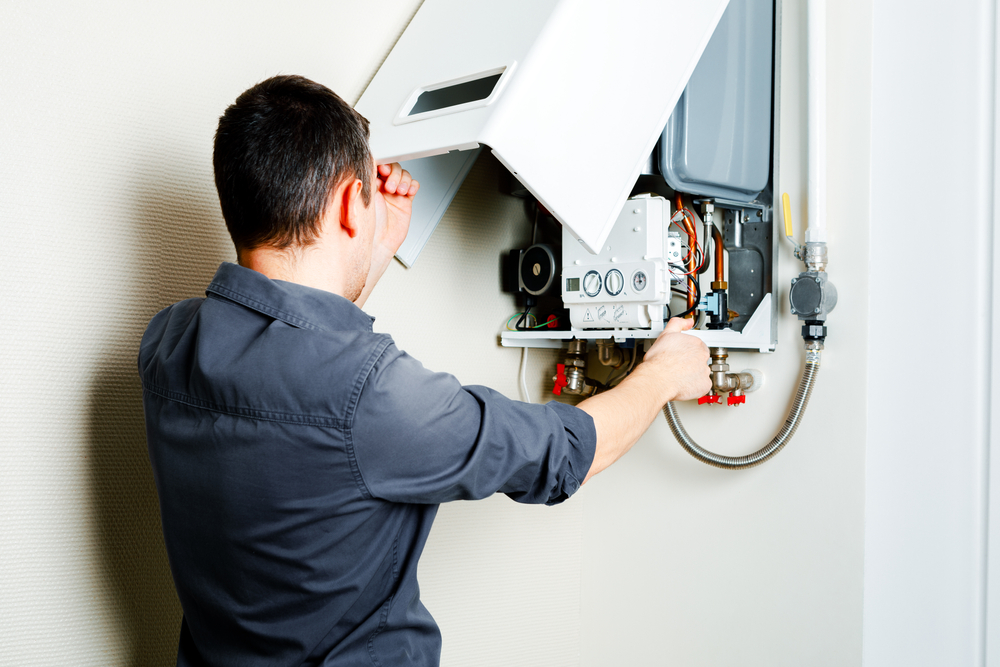
Water Heater Problems
Access to hot water is essential for daily tasks, from showering to washing dishes. It can be frustrating and disruptive when your water heater malfunctions and leaves you with cold water. In this blog, we unpack common water heater problems to help you understand why your system might not function as expected. Understanding these issues can empower you to take the necessary steps to resolve them and restore your access to hot water.
Damaged Heating Elements
Not having access to warm water can be stressful. Many different things can cause this. It’s essential to differentiate the type of water heater you have first to identify and resolve your issues. For electric water heaters, a common reason for no warm water is a malfunctioning heating element. These water heaters typically have two heating elements responsible for heating incoming water. If one of these elements fails, hot water will be lost. On the other hand, gas water heaters may experience issues such as a blown-out pilot light or a faulty gas valve, which can also lead to a lack of hot water. All in all, there’s a lot that goes into each device. Talking to a plumbing expert can help you resolve your water heating woes quickly and effectively.
Damaged in-Line or Pressure Relief Valves
Water heaters are comprised of many parts. With constant use, they are bound to loosen or break down. Some things to look out for are damaged in-line or pressure relief valves. If you notice a water leak at the top of your tank, it could be due to a loose or damaged in-line valve. This valve, located at the top of the tank, controls the water flow. To fix this issue, tighten the nut holding the valve. If the leak persists or worsens, it’s essential to contact a plumbing professional. As for pressure relief valves, most water heaters come equipped with one. They are set in place to release excess pressure from the tank. When this valve leaks, a new valve needs to be installed.
Cracked Dip Tube
If you constantly run out of hot water, it could be due to a cracked dip tube. This tube directs cold water to the bottom of the tank to be heated. A crack in the tube can lead to cold water mixing with the hot water supply, reducing the amount of hot water available. Replacing the dip tube is the only solution, but it’s a complex process best left to a certified technician. Another possible cause of a low hot water supply is sediment buildup in the tank, which occurs over time as minerals like magnesium and calcium collect at the bottom of the tank. Flushing the water heater can help remove excess minerals and improve hot water production.
Faulty Thermostat Settings
The temperature settings on your water heater’s thermostat play a crucial role in regulating the water temperature. Setting it to around 120 degrees Fahrenheit is generally considered a good balance between comfortable hot water and energy efficiency. This temperature is hot enough for most household tasks while helping to prevent scalding and reduce energy consumption. If adjusting the thermostat does not change the water temperature, it could indicate a faulty thermostat. A malfunctioning thermostat may fail to control the heating elements accurately, leading to inconsistent water temperatures. In such cases, it is advisable to consult a professional plumber to diagnose the issue and replace the thermostat if necessary.
Expert Plumbing Services in San Diego, CA.
Water heaters are complex systems with many components that can fail over time. From damaged heating elements to cracked dip tubes and faulty thermostats, there are several potential reasons why your water heater may not be providing hot water. Regular maintenance and prompt repairs are key to keeping your water heater functioning properly. If you’re experiencing issues with your water heater, don’t hesitate to reach out to a professional plumber to diagnose and resolve the problem quickly. To schedule services, please call us at (858) 513-3878 or click here to get connected.


